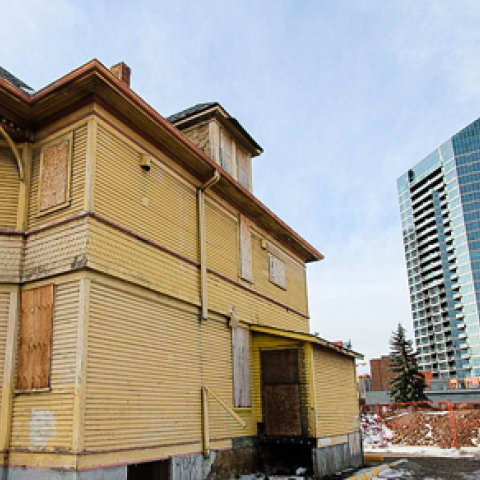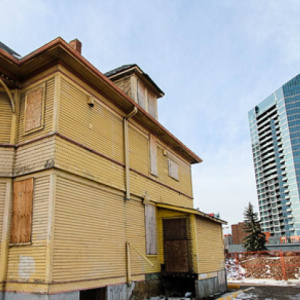
6 charts that show why Alberta is the “most unequal province in Canada”
If you want to know why “Alberta is now by far the most unequal province in Canada,” a report released Wednesday by the Parkland Institute sums it up. “Due to exceptional increases in income for the richest 1% of Albertans, while the incomes of the rest of the population have virtually stagnated, Alberta is now […]
If you want to know why “Alberta is now by far the most unequal province in Canada,” a report released Wednesday by the Parkland Institute sums it up.
“Due to exceptional increases in income for the richest 1% of Albertans, while the incomes of the rest of the population have virtually stagnated, Alberta is now the most unequal province in the country,” the report concludes. “These changes coincided and are closely associated with the declining strength of unions in the province.”
Here are six charts that show what’s going on in Alberta, and the relationship between unions and growing inequality:
1. Alberta’s economic growth has benefited “almost exclusively” those with the highest incomes.
Between 1982 and 2011, Alberta’s oil boom has generated a tonne of wealth for the province — but most of that wealth hasn’t “trickled down” to the other 99% of Albertans:

2. Alberta is the least unionized province in Canada
“Unionization density” measures the percentage of the work force that is unionized.
At 21% in 2013, Alberta has the lowest union density in the country, and has consistently trended around 5% lower than the national average since the 1970s:

3. Inequality goes up when unionization goes down
The “gini coefficient” is a mathematical equation economists use to measures inequality by comparing the actual distribution of income against the perfectly equal distribution of income.
Compared to other provinces, Alberta’s distribution of income stands out as the most unequal in Canada:

And here’s where things get interesting. Check out what happens when you compare levels of unionization against income distribution. The general trend lines move in the opposite direction.
“Rising income inequality coincides with the decline of unions in the province,” showing a “strong relation between unionization and the distribution of income.”

4. Alberta’s 99%’s share of the pie declines when unionization rates decline
And when you compare levels of unionization with the 99% of Alberta’s income share, the decline in unionization rates closely parallels a decline in share of total income of Alberta’s 99%:

5. Unionized workers make more than non-unionized workers
The “union wage premium” refers to the difference in compensation between union and non-union workers.
In 2013, unionized workers in Alberta made 18% more than their non-unionized counterparts. And what’s even more striking is unionized women made 35% more and young people (age 15-24) made 32% more:
 Photo: davebloggs007. Used under a Creative Commons BY 2.0 licence.
Photo: davebloggs007. Used under a Creative Commons BY 2.0 licence.
Our journalism is powered by readers like you.
We’re an award-winning non-profit news organization that covers topics like social and economic inequality, big business and labour, and right-wing extremism.
Help us build so we can bring to light stories that don’t get the attention they deserve from Canada’s big corporate media outlets.
Donate



